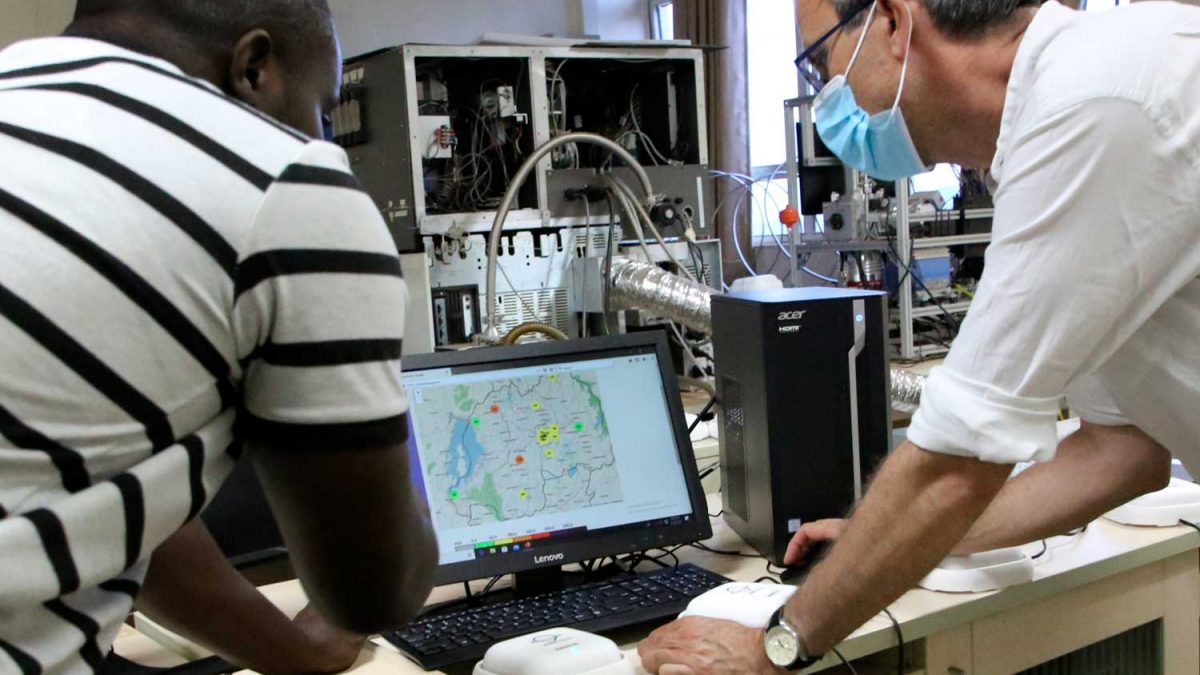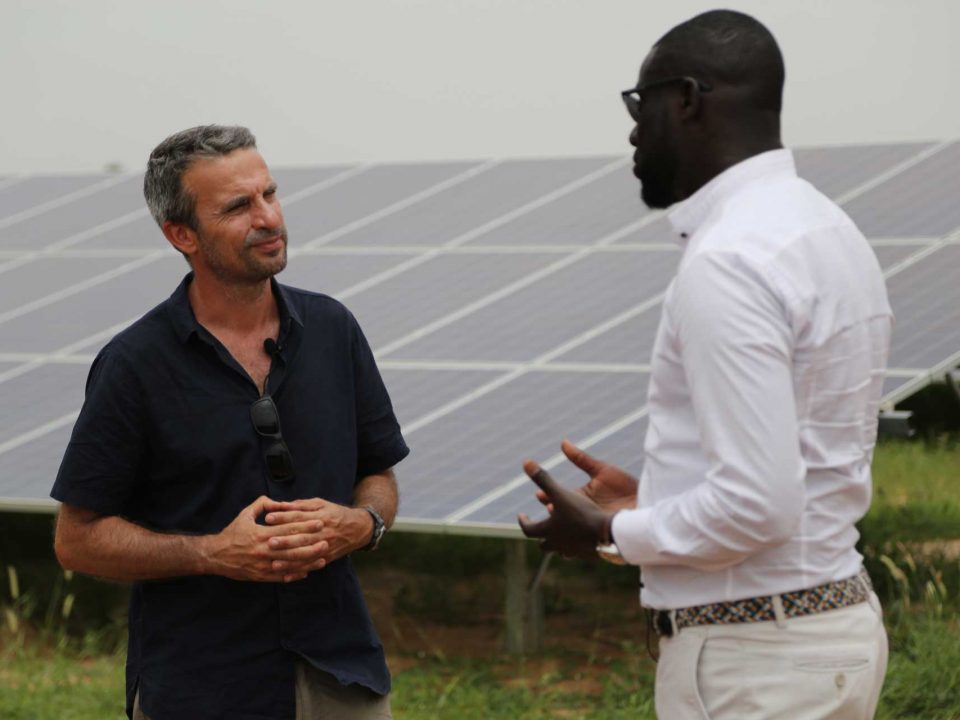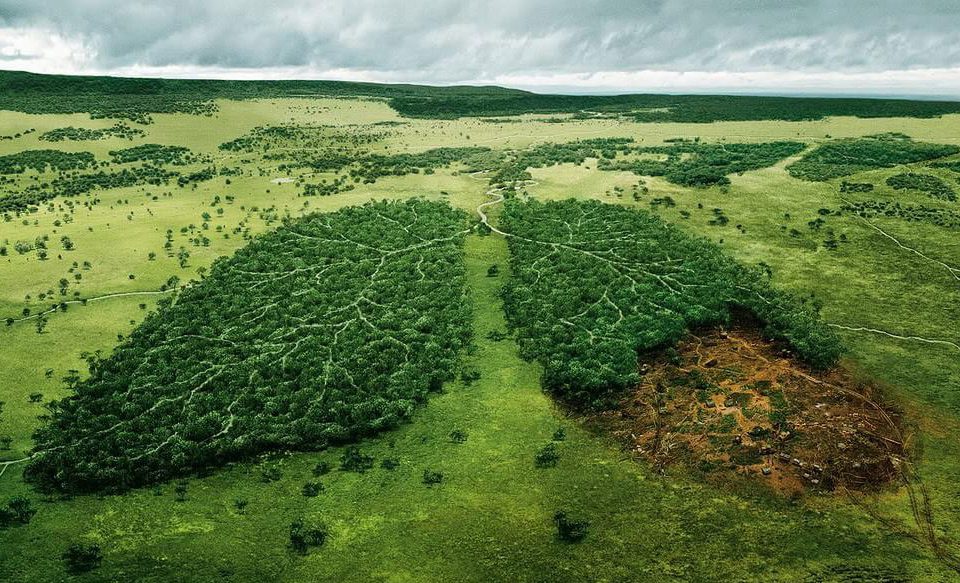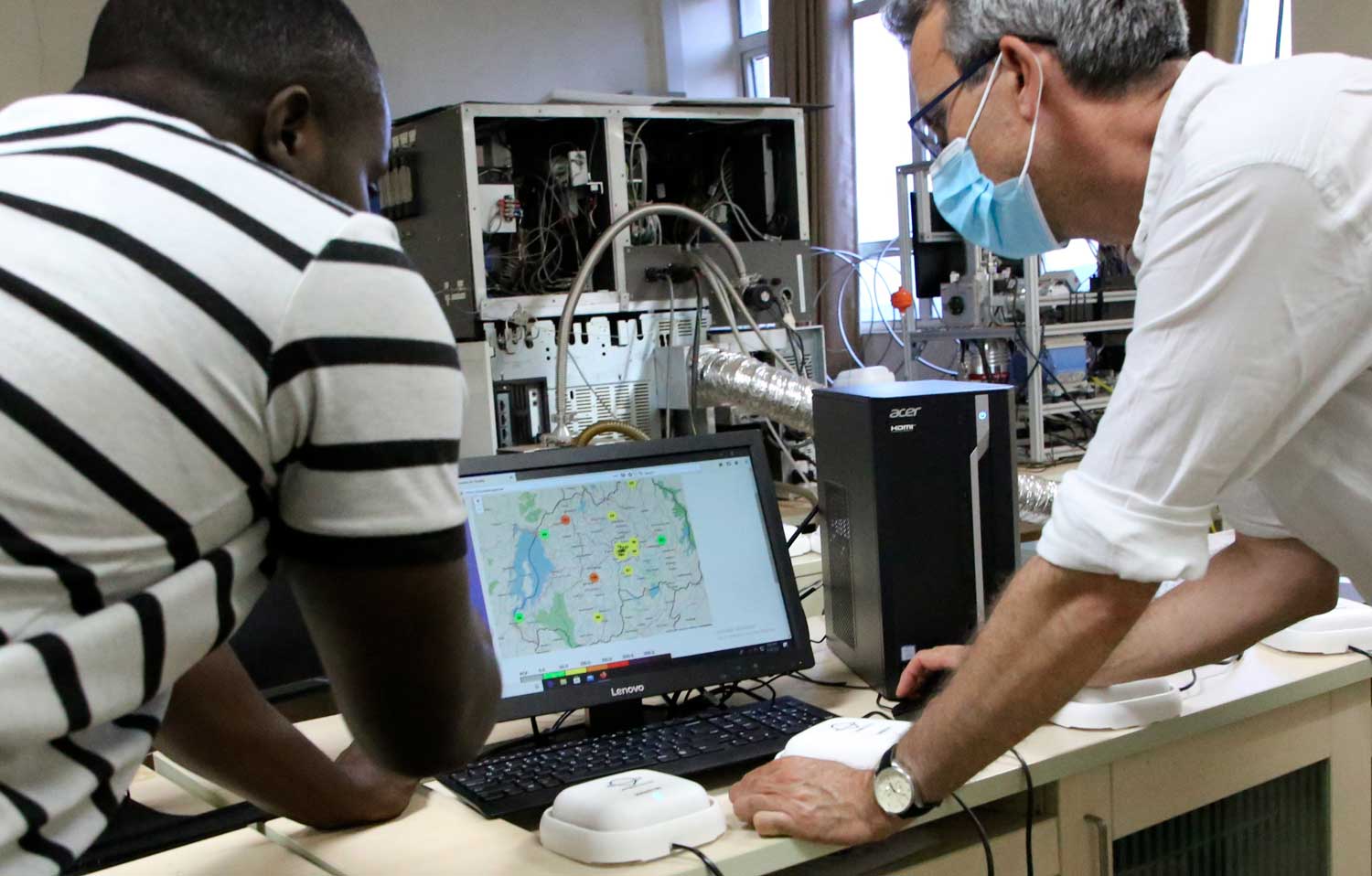
Numérique et ODD
23 juillet 2021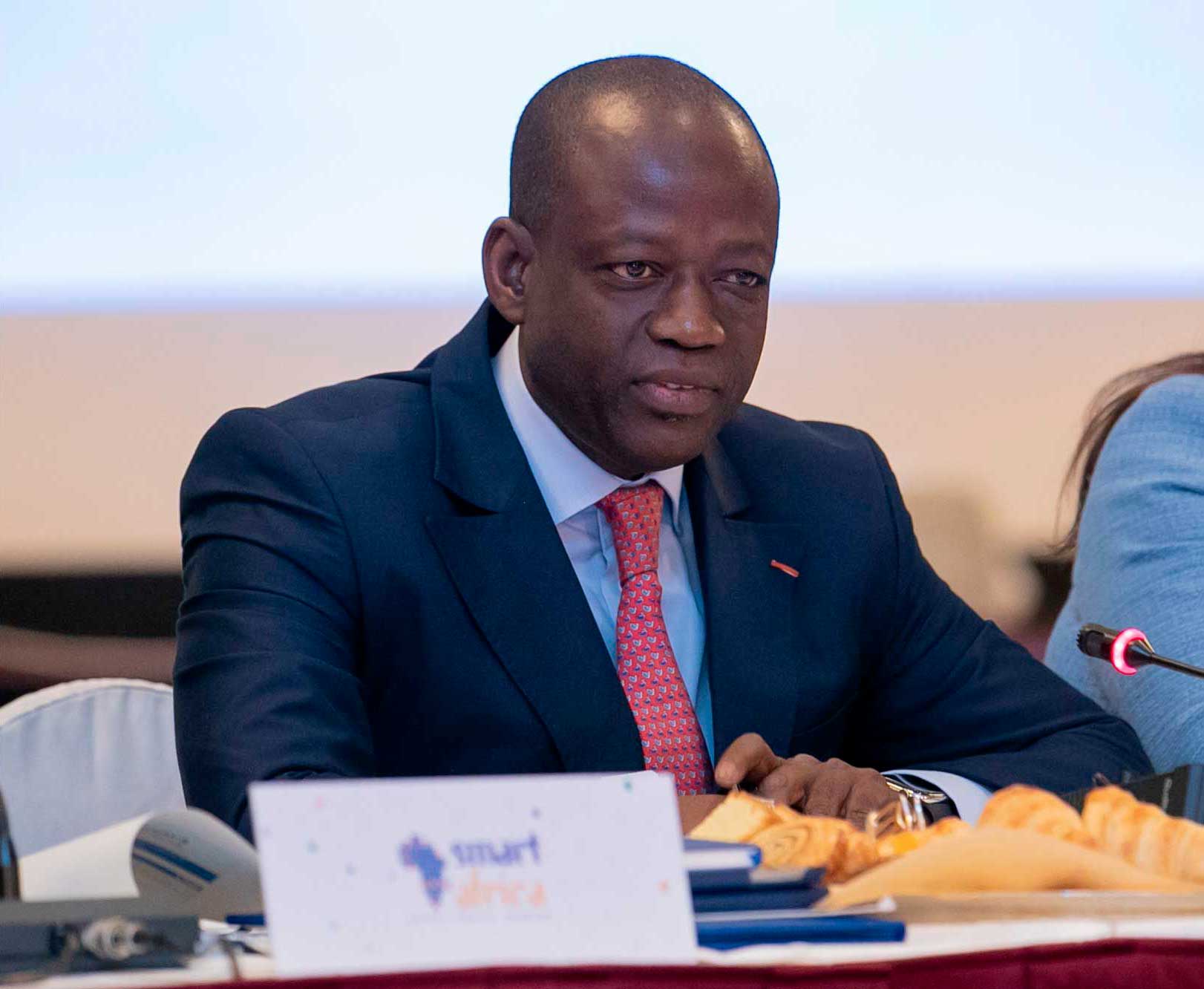
Interview Lacina Koné : Vers un pacte social numérique
18 septembre 20212020 and 2021 proves it to us, we are now all actors of development, companies, foundations, states, associations and communities, whatever the status under which we work we are also first and foremost citizens and must ensure that our actions are carried out according to priorities so that this world is sustainable.
It seems clear to me that the SDGs and the associated indicators are excellent benchmarks to prioritize our actions for the next 10 years. In 2030, we will have to draw lessons and take stock in order to readjust the indicators of the SDGs.
Projecting with sustainable technologies
In 20 years, technologies have imposed themselves in our working methods. Most of us are equipped with computers and especially smartphones, which have become real Swiss army knives of technologies. The perspectives they offer are no longer to be demonstrated.
Of course, digital technology in general is undoubtedly a powerful lever and gas pedal for development projects and programs in Africa, particularly in all the major development areas such as education, energy, agriculture, water, entrepreneurship, environmental protection and mobility. GAFAs are taking over data and platforms and artificial intelligence, blockchain and electronic currencies are already here.
Understanding the issues, anticipation and agility to create growth
A large part of the actors agree on the fact that digital technology is a precious ally, but we are also lagging behind because two major obstacles persist, they are :
1/ The lack of agility on the technologies in the deployed uses. The technologies used are constantly and rapidly evolving. Very often, between the study, the design, the deployment, the trainings, and the updates, months or even years pass and obsolescence becomes the norm. It is therefore necessary to increase the agility of those who carry out these projects on the use of these technologies and to put the anticipation and the vision of developments at the heart of the strategies.
2/ Upgrading the entire chain of users involved in projects. Not only is training often lacking, but as in the first point, technologies are evolving and we need to make sure that they evolve along with them. Add also the crucial subject of employment which must be the real issue and battle horse of the 54 States of the African continent so that the youth can take hold of the digital, to succeed in developing skills that will create jobs. The opposite would have a boomerang effect with a development of projects but a shortage of skills … Which is already the case in many countries in Africa but not only.
Third places, HUB, federating actors
We need to increase support for training programs with agility. It is complex but essential. Edtech, coding, nocode, technology campuses, inclusion of digital in school curricula are solutions, integrating the understanding of the SDGs would be an additional asset. I often see training or technologies implemented in Africa but not adapted locally because they are incompatible with the local cultural or economic ecosystem. Add to that applications or systems whose updates literally recast the interfaces and you have a recipe for failure.
Part of the solution will come from the rise of digital HUBs. There were 60 of them in 2017 and 750 in 2021.
The SDGs are interconnected. Take SDG 9 « Industry innovation and infrastructure ». « Significantly increase access to information and communication technologies and ensure that all people in the least developed countries have affordable access to the Internet by 2020. » It is therefore essential to develop transversality between actions and above all to align ourselves in a common development logic. I am often asked about programs using new technologies in Africa why such and such a project is not inspired by what is done elsewhere, and it is precisely because of this non-alignment. Program developments act in a dispersed manner without respecting the present indicators.
Scales to act as bridges between projects and the SDGs understood by the actors
The SDGs therefore make it possible to anticipate and have a clearer vision of the strategies to be adopted, as well as of the axes of development. They also make it possible to define pillars in the size of projects. The nanos, which are the smallest, the intermediates: the micros and the mesos and finally the macros which often define infrastructure projects. They are distinguished by three key indicators: cost, deployment speed, and impact.
example with the citizen application of the city of Kigali
A new social contract with digital
Lacina Koné – Directeur Général Smart Africa
Tactis, which works in France and Africa in the field of infrastructure and services consulting, with French funding and the Kigali City Council, has carried out a project to deploy a reporting application for the city’s citizens and an intelligent system of fixed and mobile pollution sensors.
Within the framework of this ambitious project which was highlighted during the historic visit of President Emmanuel Macron to Rwanda in May 2021, it is a question of allowing citizens with an intuitive and free application to report a malfunction such as a faulty lighting, an intervention on the road, an accident, a danger, a pollution, a malfunction of any kind. A list of cases proposes to the citizen to report by describing with text in the application and to add a geolocation and a photo. The innovation is that the agents of the city hall, with their mobile terminals and a platform of centralization of the data set up, will answer the citizen, schedule an intervention and also report with a photo and a description of what has been done or what is planned in what conditions and within what timeframe.
The same goes for the pollution system, where the sensors will define the most impacted places with algorithms for analyzing traffic hours and levels, thus making it possible to rearrange neighborhoods, traffic, and the location of markets, for example, to make them less subject to pollution, as well as many other uses.
Two fundamental points about this innovative and ambitious project:
It is a vision that is here carried collaboratively and therefore an anticipation of interactions between citizens and public policies. The objective is shared between the different actors to improve the interactions with the digital and the human to be in a real strategy of intelligent city or sustainable city (Smart city).
There are no less than 4 flagship SDGs that are highlighted in this project: SDG 9 industry innovation and infrastructure, SDG 11 sustainable cities and communities, SDG 16 peace, justice and effective institutions and especially the SDG 17 partnership for the achievement of the goals.
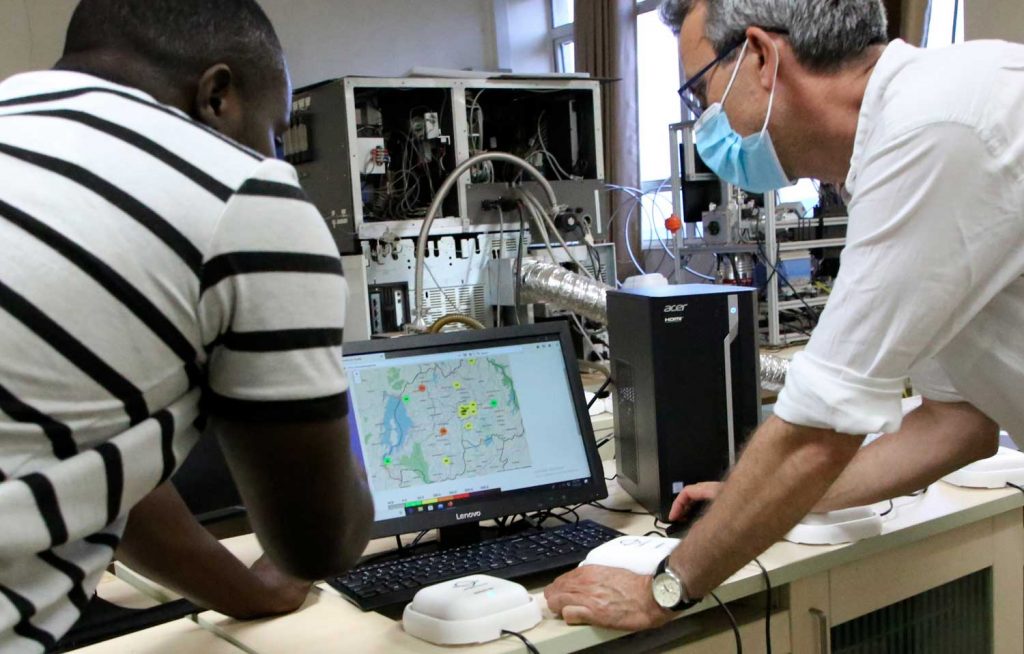
Societies are being disrupted by economic and health crises, and the impact is real for both industrialized and developing countries. Many experts on civilization and the environment regularly talk about the challenges that we will increasingly face. In terms of solutions, it seems obvious to me that knowing how to better unite citizens and therefore our societies is more necessary than ever. We need a common vision, a sustainable world built with the states within the framework of this third industrial revolution, that of new technologies.
Thierry BARBAUT Director of innovative ecosystems at TACTIS
Article published in the magazine CIO Mag

